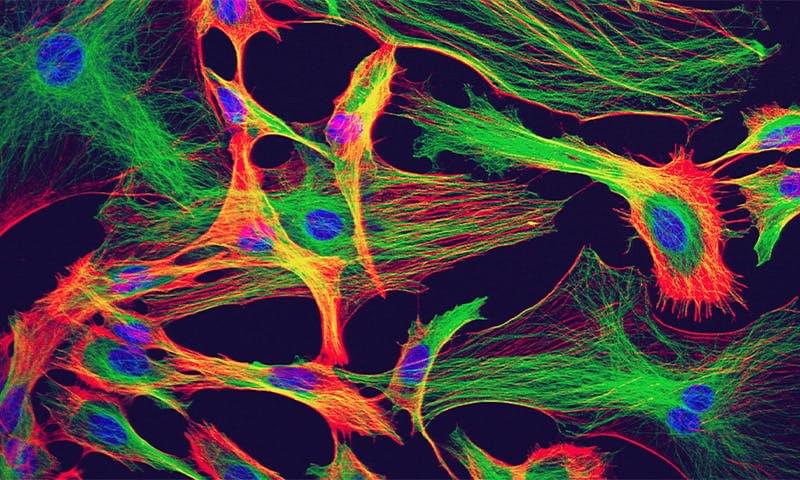In this episode, we explore the Hubble constant problem, which is one of the most intriguing and perplexing mysteries in cosmology. We explain how a recent study used the Hubble Space Telescope to measure the expansion rate of the universe, and how it differs from the prediction of the cosmic microwave background and the standard cosmological model. We also discuss some of the possible implications and solutions for this discrepancy, such as the nature of dark energy, dark matter and dark radiation, and the need to revise our understanding of the universe.
Chapters:
00:00 Introduction.
01:13 Measuring the Hubble Constant.
03:36 Comparing the Results.
05:39 Implications and Solutions.
07:54 Outro.
08:39 Enjoy.
Best Telescopes for beginners:
Celestron 70mm Travel Scope.
https://amzn.to/3jBi3yY
Celestron 114LCM Computerized Newtonian Telescope.
https://amzn.to/3VzNUgU
Celestron – StarSense Explorer LT 80AZ
https://amzn.to/3jBRmds.
Visit our website for up-to-the-minute updates:





